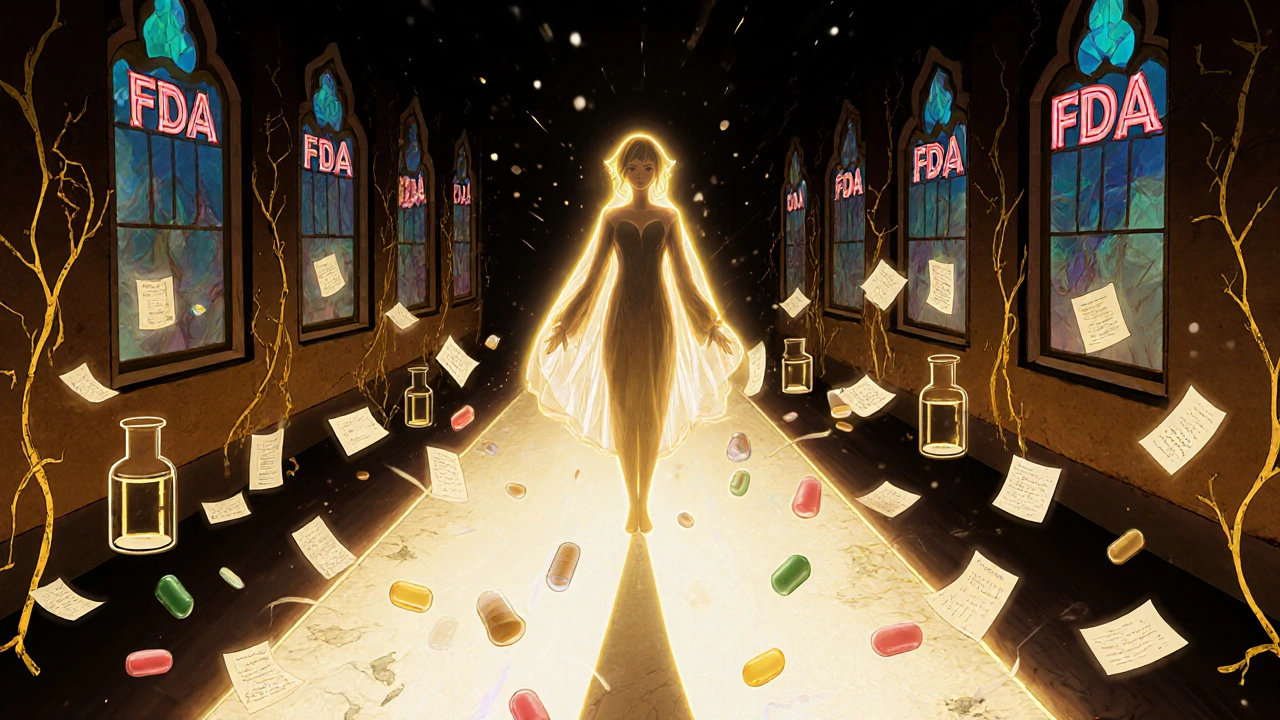ANDA: What It Means for Generic Drugs and How It Saves You Money
When you pick up a generic pill at the pharmacy, you’re holding a product approved through something called an ANDA, Abbreviated New Drug Application, the FDA’s streamlined process for approving generic versions of brand-name drugs. Also known as generic drug application, it’s the legal backbone that makes affordable medications possible without cutting corners on safety or effectiveness. This isn’t just paperwork—it’s the reason your $4 prescription for metformin works just as well as the $300 brand version.
The ANDA process doesn’t require new clinical trials. Instead, manufacturers prove their version is identical in active ingredient, strength, dosage form, and how it’s absorbed by the body. The FDA checks this with strict bioequivalence standards—meaning the generic must deliver the same amount of drug into your bloodstream at the same rate as the brand. That’s why a generic lisinopril tablet from Teva or Mylan works just like the brand-name Zestril. But here’s the catch: the inactive ingredients—color, shape, flavor, filler—can differ. That’s why your pill might look totally different. U.S. trademark laws forbid generics from copying the exact appearance of brand drugs, even if they’re chemically identical. This is why you might panic when your pill changes color. It’s not a different drug. It’s still an approved ANDA product.
Behind every low-cost generic is a system built on FDA approval, pharmaceutical regulation, and competitive pricing. The authorized generics—same drug, same factory, same packaging as the brand but sold under a generic label—are the purest form of this system. They’re not cheaper because they’re lower quality. They’re cheaper because the company that made the brand decided to sell the exact same product without the marketing costs. Medicaid and Medicare rely heavily on this system to cut drug spending by up to 90% for millions of patients. And it’s not just about cost. It’s about access. Without ANDA, many people couldn’t afford their daily meds.
What you’ll find in the articles below is a clear, no-fluff look at how this system works in real life. You’ll see why generics look different, how Medicaid uses them to save money, what happens when your pill changes shape, and how authorized generics are exactly the same as the brand. You’ll also learn about the hidden rules, common myths, and real-world trade-offs that affect your prescriptions every day. This isn’t theory. It’s what’s in your medicine cabinet—and how it got there.

